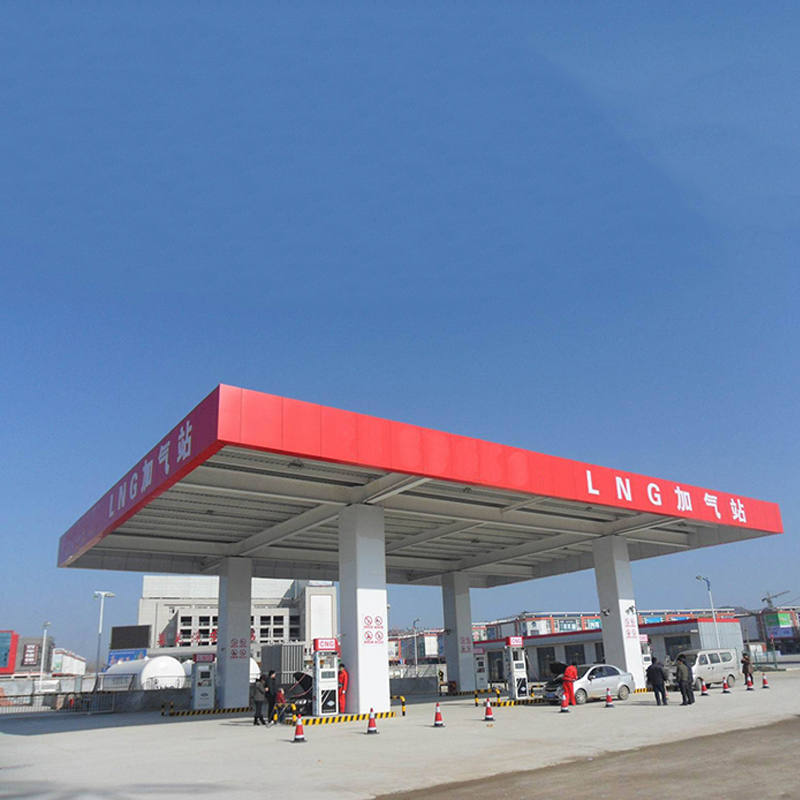
Dec . 31, 2024 08:53
Back to list
Gas Pressure Regulation Valve System for Optimal Performance and Safety
Gas Pressure Regulator Ensuring Safe and Efficient Gas Utilization
A gas pressure regulator is a critical component in various applications where gases are utilized, ranging from residential heating systems to industrial processes and even medical applications. Its primary function is to control the pressure of gas flowing from a source, ensuring that the delivery pressure remains within safe and efficient limits. This article delves into the importance, working mechanism, and applications of gas pressure regulators.
Importance of Gas Pressure Regulators
Gas pressure regulators serve several essential functions. Firstly, they enhance safety by preventing excessive gas pressure that could lead to leaks, explosions, or equipment damage. Secondly, they optimize the performance of gas appliances by maintaining a consistent pressure level, which is crucial for efficient operation. For example, in gas stoves and heaters, improper pressure can result in incomplete combustion, leading to wasted fuel and increased emissions.
How Gas Pressure Regulators Work
The basic operation of a gas pressure regulator involves reducing the high incoming pressure to a lower, usable level. The device typically comprises a valve, a diaphragm, and a spring. When gas enters the regulator, it pushes against the diaphragm. As the pressure builds, the diaphragm moves and closes the valve, regulating the gas flow. The spring provides a counterforce to maintain the desired pressure setting.
Regulators are designed with safety features, such as overpressure relief mechanisms that release excess pressure from the system, ensuring that the downstream equipment remains safe. Additionally, many modern regulators are equipped with pressure gauges, allowing operators to monitor the pressure levels visually.
Types of Gas Pressure Regulators
There are several types of gas pressure regulators, each designed for specific applications
1. Single-Stage Regulators These are suitable for applications where the inlet pressure variation is minimal. They provide an immediate response to changes in inlet pressure, making them ideal for low-pressure systems.
2. Two-Stage Regulators These regulators offer better regulation by first reducing the high pressure to an intermediate level before delivering it to the outlet. This configuration minimizes outlet pressure fluctuation, making them suitable for applications that require precise pressure control.
صمام تنظيم ضغط الغاز

3. High-Pressure Regulators Designed for applications that handle high-pressure gases, these regulators come with robust features to manage the increased risk of pressure-related issues.
4. Low-Pressure Regulators These are used in systems where gas pressure is already low, such as in natural gas supply for residential use.
Applications of Gas Pressure Regulators
The applications of gas pressure regulators are vast
- Residential Heating In homes, regulators are used with gas furnaces, water heaters, and stoves to ensure safe and efficient gas delivery.
- Industrial Processes In industrial settings, precise gas pressure control is vital for processes such as welding, cutting, and chemical manufacturing.
- Medical Use In healthcare, gas regulators are essential for providing consistent oxygen delivery for patients requiring respiratory support.
- Automotive Gas pressure regulators are used in compressed natural gas (CNG) vehicles to control fuel delivery.
Conclusion
Gas pressure regulators are indispensable devices that play a crucial role in the safe and efficient utilization of gas across various sectors. By ensuring that gas pressures remain within safe limits, these regulators not only protect equipment and users but also enhance the performance of gas appliances. With advancements in technology, modern gas pressure regulators continue to improve in terms of reliability and precision, making them a vital component in gas management systems.
Next:
Latest news
-
Safety Valve Spring-Loaded Design Overpressure ProtectionNewsJul.25,2025
-
Precision Voltage Regulator AC5 Accuracy Grade PerformanceNewsJul.25,2025
-
Natural Gas Pressure Regulating Skid Industrial Pipeline ApplicationsNewsJul.25,2025
-
Natural Gas Filter Stainless Steel Mesh Element DesignNewsJul.25,2025
-
Gas Pressure Regulator Valve Direct-Acting Spring-Loaded DesignNewsJul.25,2025
-
Decompression Equipment Multi-Stage Heat Exchange System DesignNewsJul.25,2025

